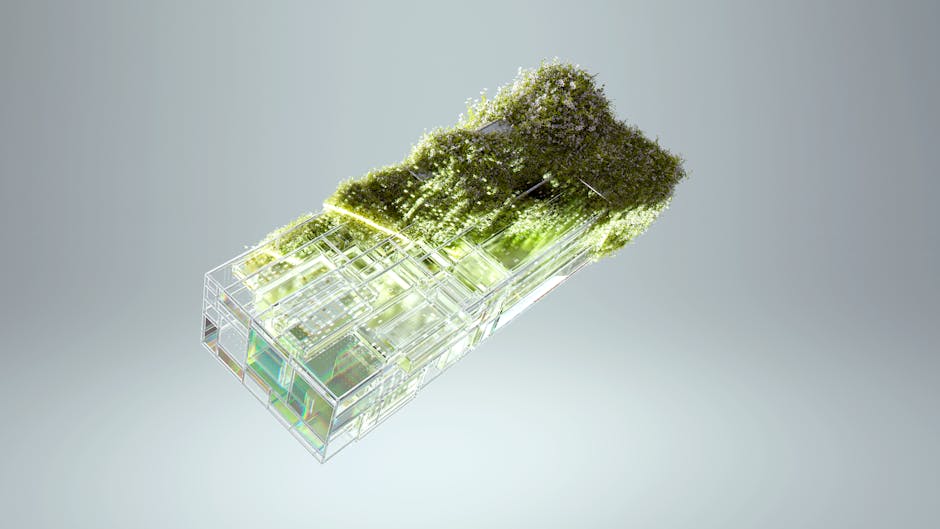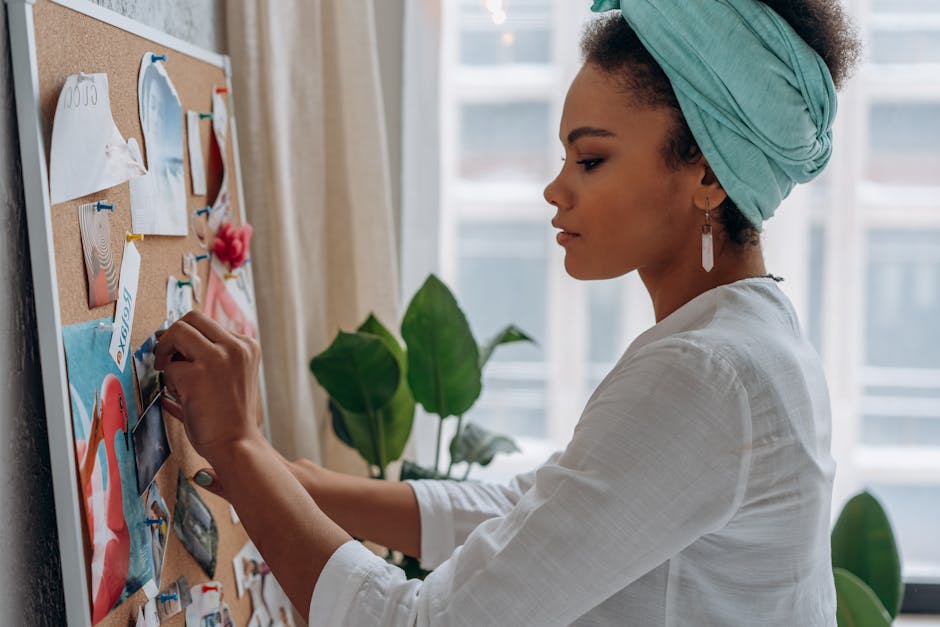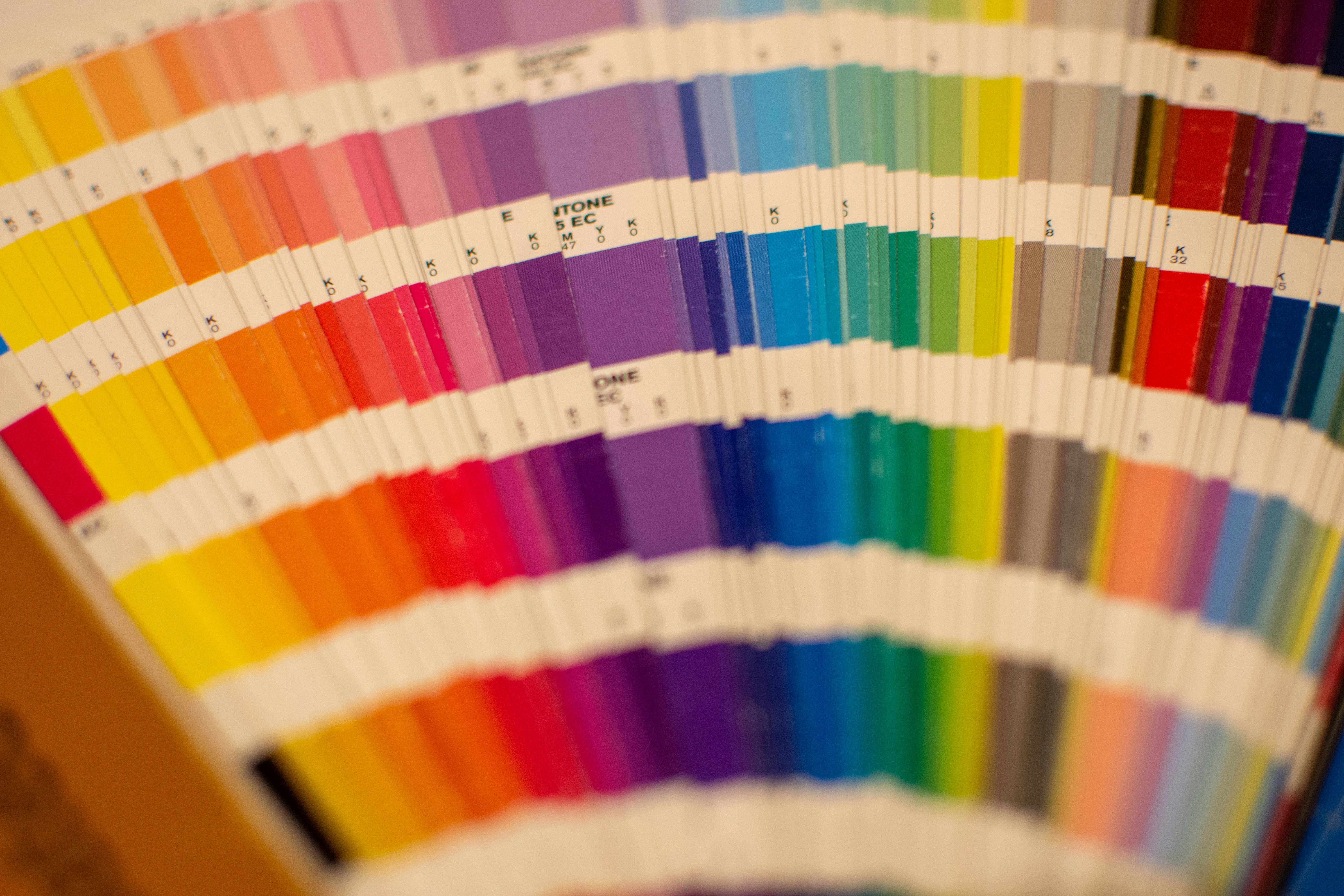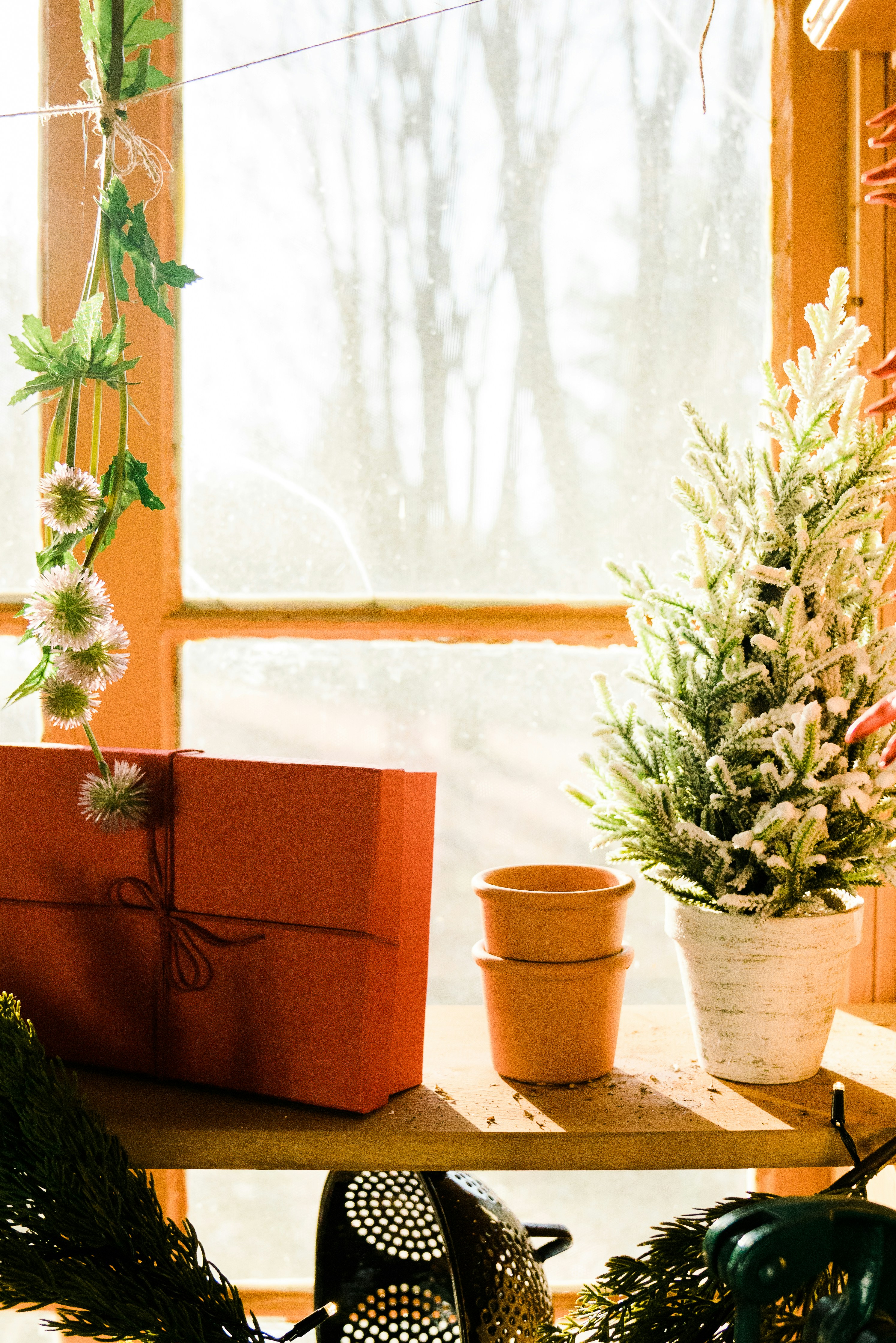Biophilic Design Beyond Plants: Craft a Calming Indoor Sanctuary
Transforming your living space into a serene haven goes beyond mere aesthetics; it’s about nurturing a connection with nature even in urban environments. In a world buzzing with digital distractions and synthetic materials, biophilic design emerges as a breath of fresh air. It's about integrating elements inspired by nature—like natural textures and materials—that foster a calming indoor environment. This article will explore what biophilic design means beyond just adding plants, diving into the rich textures and organic materials that can enhance your home's tranquility.
Creating a calming indoor environment isn't just about a visual appeal; it reflects a deeper understanding of how our surroundings influence our well-being. Whether you're revamping your living room or designing a cozy nook for relaxation, the following insights will help you make informed choices that resonate with your emotional and physical comfort.
Understanding Biophilic Design

Biophilic design is defined by its principal aim to reconnect individuals with the natural world. Research indicates that integrating natural elements in our indoor environments can reduce stress, boost mood, and enhance overall well-being (source: Harvard Health Blog). The fundamental understanding revolves around two key elements: the use of natural materials and the incorporation of natural light.
From sustainable wood and stone to textiles woven from organic fibers, the choices we make in home decor can create inviting spaces that calm the mind and rejuvenate the soul. But how can we effectively implement these concepts into our homes?
Textures That Embrace Nature

Natural textures play a pivotal role in biophilic design, creating tactile experiences that simulate interactions found outdoors. Here's a look at some textures you can incorporate:
-
Wood: The warmth of wood evokes a connection with nature, acting as a centerpiece in many interior designs. Consider reclaimed wood furniture or accent walls that highlight its natural grains. Not only is this eco-friendly, but it infuses character and warmth into your space.
-
Stone: Incorporating stone accents in your decor taps into the grounding qualities found in nature. From rustic slate tiles in your kitchen to sleek marbled countertops, stone offers a timeless appeal that brings the essence of the outdoors inside.
-
Natural Fibers: Textiles such as jute, cotton, and wool add warmth and comfort. Think woven rugs or cozy throws that invite relaxation, making your living areas feel more inviting. Using various fibers can create visual interest while maintaining a connection to nature.
-
Clay and Terracotta: These materials lend an earthy touch to your interiors. Consider bringing in terracotta pots for plants or clay accents that enhance your home’s organic feel.
Color Palettes Inspired by Nature

Color significantly influences emotions and moods; thus, selecting hues inspired by nature can enhance your home's calming atmosphere. Here are some color palette ideas:
-
Earthy Tones: Shades such as terracotta, taupe, and muted greens remind us of the earth, fostering a grounding environment. Combining these tones harmoniously can create an inviting backdrop for relaxation.
-
Oceanic Blues and Greens: Coastal-inspired palettes with soft blues and greens can bring a sense of peace to your interiors. These colors mimic the soothing qualities of water, creating a refreshing atmosphere reminiscent of ocean breezes.
-
Warm Neutrals: Soft whites, creams, and light grays act as blank canvases that allow natural textures and decor to shine. Pairing these with vibrant accents inspired by flowers or foliage can create a balanced yet engaging visual experience.
Designing for Light

Natural light is a cornerstone of biophilic design. It enhances various textures and colors while positively impacting your mood and energy levels. Here are some strategies to maximize natural light in your home:
-
Use Mirrors Wisely: Strategic placement of mirrors can reflect light around the space, making it feel larger and brighter. Consider placing mirrors opposite windows or in areas where light will bounce.
-
Opt for Open Spaces: Open floor plans allow light to flow freely from one area to another. Consider removing unnecessary barriers that hinder this flow.
-
Install Skylights or Large Windows: If possible, introduce skylights or expansive windows to flood your home with sunlight, further promoting a connection with the natural elements outside.
Outdoor Elements for Indoor Spaces

Beyond textures and colors, merging outdoor and indoor environments through specific design choices can amplify the biophilic experience. Here are some ways to blend these spaces:
-
Indoor Gardens: Create a functional yet aesthetically pleasing indoor garden using vertical wall planters or dedicated garden corners. Not only do they serve as natural air purifiers, but they also provide a stress-relieving focus point.
-
Natural Water Features: Consider including a small indoor fountain or water bowl. The sound of flowing water can create a tranquil ambiance, mimicking the natural relaxation one feels near a stream or waterfall.
-
Window Views: Position furniture to embrace views of the outdoors, such as gardens, trees, or natural landscapes. This encourages a visual connection with nature, enhancing the overall aesthetic while providing a sense of calm.
DIY Ideas for Biophilic Design

Incorporating biophilic aspects into your home can be both fun and affordable through DIY projects. Here are some creative ideas to nurture your space without breaking the bank:
-
Moss Walls: Use preserved moss to create a living art installation. It’s low maintenance and adds a vibrant, green element without needing sunlight.
-
Natural Fiber Wall Hangings: Craft art pieces from natural fibers, like hemp or jute. These not only add texture but also can be personalized to reflect your style.
-
Upcycled Planters: Transform old containers into unique planters for your indoor garden. Utilizing items that may end up in a landfill helps the environment while expressing creativity.
-
Textured Throw Pillows: Create or purchase throw pillows made from organic materials or natural textures to add comfort and style to your seating areas.
-
Clay Pot Luminaires: Design DIY lanterns using terracotta pots. By placing LED lights within the pots, you create charming lighting options that invoke a cozy outdoor atmosphere.
Integrating Technology Responsibly

Incorporating technology shouldn’t come at the cost of biophilic design principles. Some ways to responsibly integrate tech are:
-
Smart Lighting: Install naturally driven smart lighting systems that mimic daylight patterns enhancing your environment's ambiance throughout the day.
-
Digital Window Therapy: Consider digital screens displaying calming visuals of nature, creating a serene backdrop for those times when you're indoors.
-
Soundscaping Solutions: Integrate speakers to play soothing nature sounds, like ocean waves or birds chirping, fostering a calming environment within your indoor sanctuary.
The Emotional Impact of Biophilic Design

Research suggests that biophilic design impacts emotional health profoundly. Spaces infused with natural elements can diminish levels of anxiety and stress, promoting well-being and enhancing productivity. Biophilic design isn’t just a trend; it’s a philosophy rooted in enhancing one’s quality of life by creating a deeper connection to the earth.
For examples of practical applications of biophilic principles in crafting serene home environments, you might explore how sensory spaces engage touch, sound, and scent, creating harmony throughout your home. Check out our post on crafting sensory spaces for more insights.
Practical Steps to Implement Biophilic Design

How can you begin effortlessly infusing your home with biophilic elements? Here are actionable steps:
-
Assess Your Space: Take an inventory of your current decor. Identify areas where natural elements can seamlessly fit in without overwhelming your existing style.
-
Prioritize Natural Materials: When making new purchases, look for items made from sustainable or recycled materials. Focus on local artisans or businesses specializing in eco-friendly home decor.
-
Experiment with Layouts: Don’t shy away from rearranging furniture to create more open layouts that invite natural light and provide visual lines to outdoors.
-
Curate a Natural Gallery: Create an art wall dedicated to nature-inspired art pieces or photographs that enhance the emotional atmosphere of the space.
-
Find Your Cozy Corners: Dedicate spaces in your home for relaxation—a reading nook, a meditation area, or a serene corner for morning coffee.
Final Thoughts
Incorporating biophilic design into your home is not merely an aesthetic choice; it’s an investment in your overall well-being and emotional health. By harnessing the elements of natural textures, colors, and materials, you create not just a visually pleasing space but a sanctuary that nurtures peace, calmness, and connection. Take inspiration from the ideas presented, explore the links provided, and let nature's influence guide your journey in creating a tranquil indoor environment.
Remember—the key to a successful biophilic design lies in acknowledging your space's potential to significantly impact your quality of life. Embrace each step toward building a home that harmonizes with nature and reflects your style.



